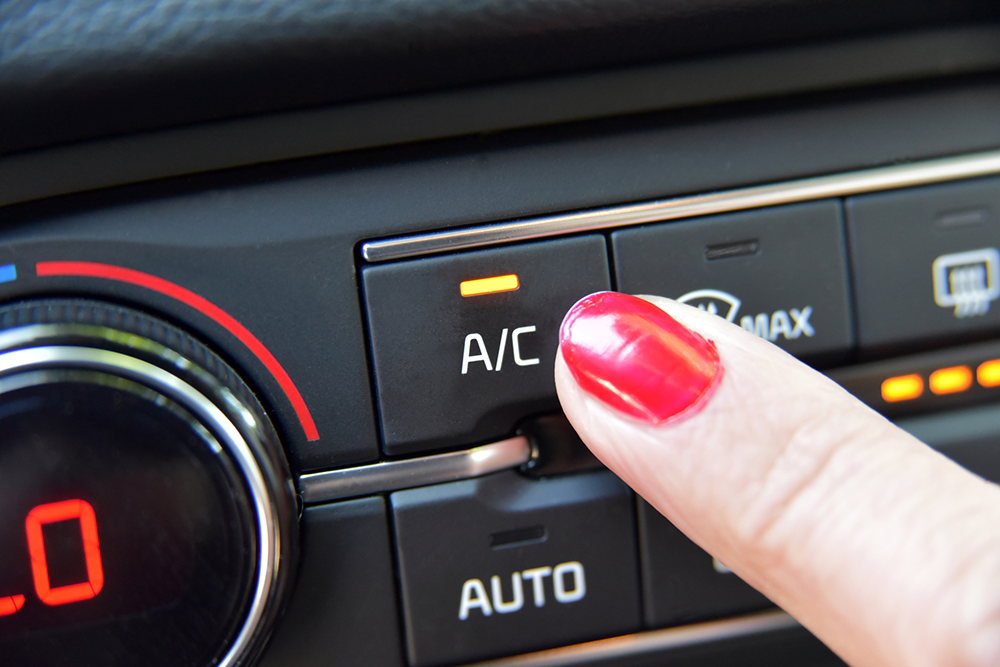How To Make Your Vehicle Cabin A Cool Sanctuary

Anyone driving in a hot or muggy climate knows their vehicle’s air conditioning system makes the journey more enjoyable.
Like anything else in your car, the climate control system is subject to wear and tear and needs routine service and maintenance to perform its best.
“The climate control system features belts and hoses made of rubber and over time they crack,” said Steve Schaeber, manager of service training for the Mobile Air Conditioning Society.
Service advisors suggest an annual inspection for the system. These checkups can be done during any part of the year, though service centers sometimes offer a discount during cooler weather months and early spring.
A comprehensive air-conditioner service will check the drive belt for wear, inspect system components for leaks or damage, take inventory on the compressor, and monitor the level of refrigerant.
This is a service best left to experts who have the equipment and experience, Schaeber said.
After all, a full service may involve removing old refrigerant, vacuum testing the system for leaks and recharging the system with the same type of refrigerant specified by the car manufacturer.
Perhaps your system blows cold air, but it has a damp, musty stench with it. That could mean there’s mold in your system.
Air conditioners use hoses to drain condensation. If those become clogged, they provide an ideal habitat for molds. Vehicles in humid climates like Florida and even California are more susceptible to mold problems. Even parking a vehicle on an incline can keep the drain from functioning correctly, allowing mold to grow.
Molds breeding in your vehicle’s air conditioner system may contribute to passenger allergy problems. It also generates unpleasant odors that can affect clothes and upholstery, too.
Removing stubborn odors involves thorough cleaning of your vehicle’s climate control system. The process requires specialized equipment available at a dealership or a specialized air conditioning shop.
The removed parts are thoroughly cleaned with antibacterial disinfectants before being allowed to completely dry and being reinstalled in the vehicle.
As with any other vehicle component, routine maintenance and early detection are your best friends. Stick to your recommended service intervals and you’re less likely to be caught off-guard with expensive repairs.
Schaeber offered the following insight for climate control systems.
- Climate control systems experience wear and tear. Rubber hoses and components wear out over time and need to be replaced to keep the system operating.
- Air with a damp, musty smell can mean there’s mold in your climate control system. Molds breeding in your vehicle’s air conditioner system may contribute to passenger allergy problems. It also generates unpleasant odors that can affect clothes and upholstery, too.
- Mold is more commonly associated with older, high-mileage vehicles. Dust, dirt and crumpled leaves get sucked into air-conditioning systems over tens of thousands of miles, similar to plaque building up in an artery.